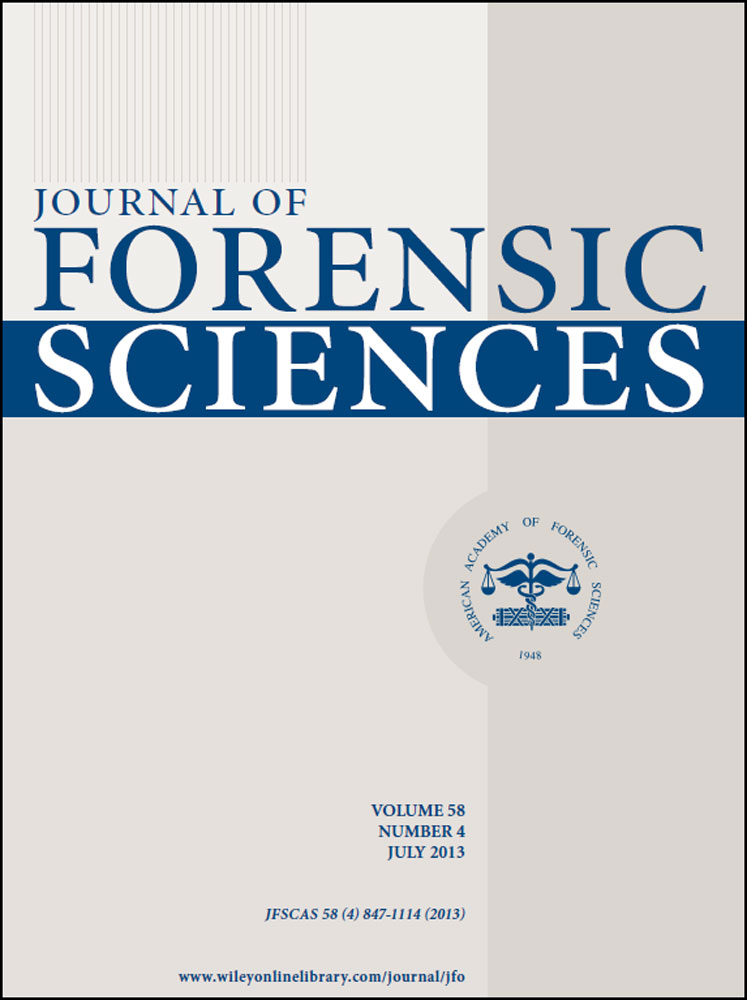Manual and Automated Cardiopulmonary Resuscitation (CPR): A Comparison of Associated Injury Patterns†,‡
Abstract
The purpose of this study was to identify and compare patterns of trauma associated with AutoPulse® CPR and manual CPR. Finalized autopsy records from 175 decedents brought to the Harris County Institute of Forensic Sciences were reviewed, 87 received manual-only CPR, and 88 received AutoPulse® CPR (in combination with manual CPR as per standard protocol). The characteristic pattern observed in manual-only CPR use included a high frequency of anterior rib fractures, sternal fractures, and midline chest abrasions along the sternum. The characteristic pattern observed in AutoPulse® CPR use included a high frequency of posterior rib fractures, skin abrasions located along the anterolateral chest and shoulder, vertebral fractures, and a few cases of visceral injuries including liver lacerations, splenic lacerations, and hemoperitoneum. Knowledge of the AutoPulse® CPR injury pattern can help forensic pathologists differentiate therapeutic from inflicted injuries and therefore avoid an erroneous assessment of cause and manner of death.




